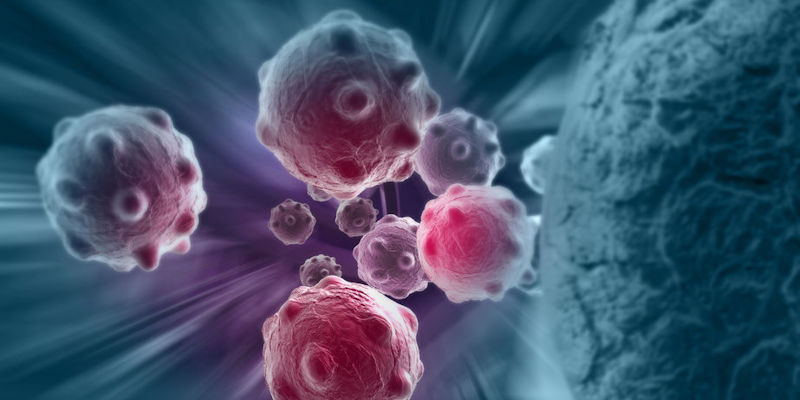
Studying cancer, one cell at a time Wendy J Fantl, Stanford University, USA
Event details
Biology Open Lecture
Biological complexity is a formidable obstacle to treating diseases such as cancer. Thus, recognizing that healthy and malignant tissues are comprised of many diverse cell subtypes, new high throughput technologies have recently emerged for their identification at the single cell level and their spatial organization within solid tissues.
Thinking about tissues at the single cell level dates back centuries to when the first light microscopes could visualise single cells and their organisation in tissues. Then in the 1950s and 60s the advent of single-cell flow cytometry became a mainstay for immunologists to study cells in suspension such as blood and has provided critical information about the immune system. Now new breakthrough technology platforms can measure up to hundreds of parameters at the single cell level and provide critical spatial information about tissue architecture. The unprecedented level of biological detail these new technology platforms provide has necessitated the development of sophisticated computational tools enabling a re-evaluation of tissue types and their organization in health and disease.
A principal interest of Wendy’s lab is the study of human malignancies at the single cell level with a major focus on clinical translation from the “bench to the bedside”. To accomplish this they are applying two high dimensional single-cell technologies. The first is mass cytometry aka CyTOF (Cytometry by Time of Flight) and the second, a more recently developed multiplex imaging platform called CODEX (CO-Detection by indexing). They are using these technologies to phenotypically characterize tumor cells, immune-cell infiltrates and their spatial organization within human ovarian and kidney malignancies. With the broad applicability of CyTOF and CODEX and their promise to reveal critical information about dynamically changing tumor microarchitecture during disease progression, they are applying these technologies to other malignancies and in addition, to their normal tissue counterparts.